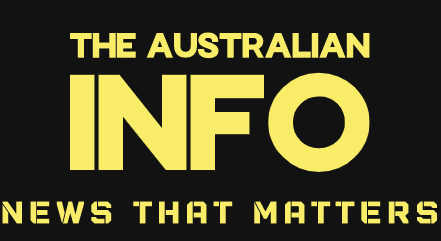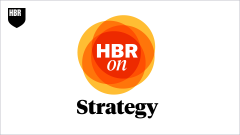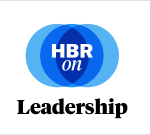It’s a holy grail for many businesses—the search for sustainable competitive advantage. But Chris Zook points out that it’s elusive for most companies. He notes that less than one in 10 companies even achieve a modest level of sustained and profitable growth over a 10-year period on average.
Zook is the former head of Bain’s global strategy practice and coauthor of the book Repeatability: Build Enduring Businesses for a World of Constant Change.
In this episode, he shares three key principles that can help your organization find and maintain an enduring competitive advantage, with real-world examples drawn from IKEA, Enterprise Rent-A-Car, and Nike.
Key episode topics include: strategy, leadership, growth strategy, long-term growth, competitive advantage, case studies.
HBR On Strategy curates the best case studies and conversations with the world’s top business and management experts, to help you unlock new ways of doing business. New episodes every week.
- Listen to the full HBR IdeaCast episode: Good Strategy’s Non-Negotiables (2021)
- Find more episodes of HBR IdeaCast
- Discover 100 years of Harvard Business Review articles, case studies, podcasts, and more at HBR.org





